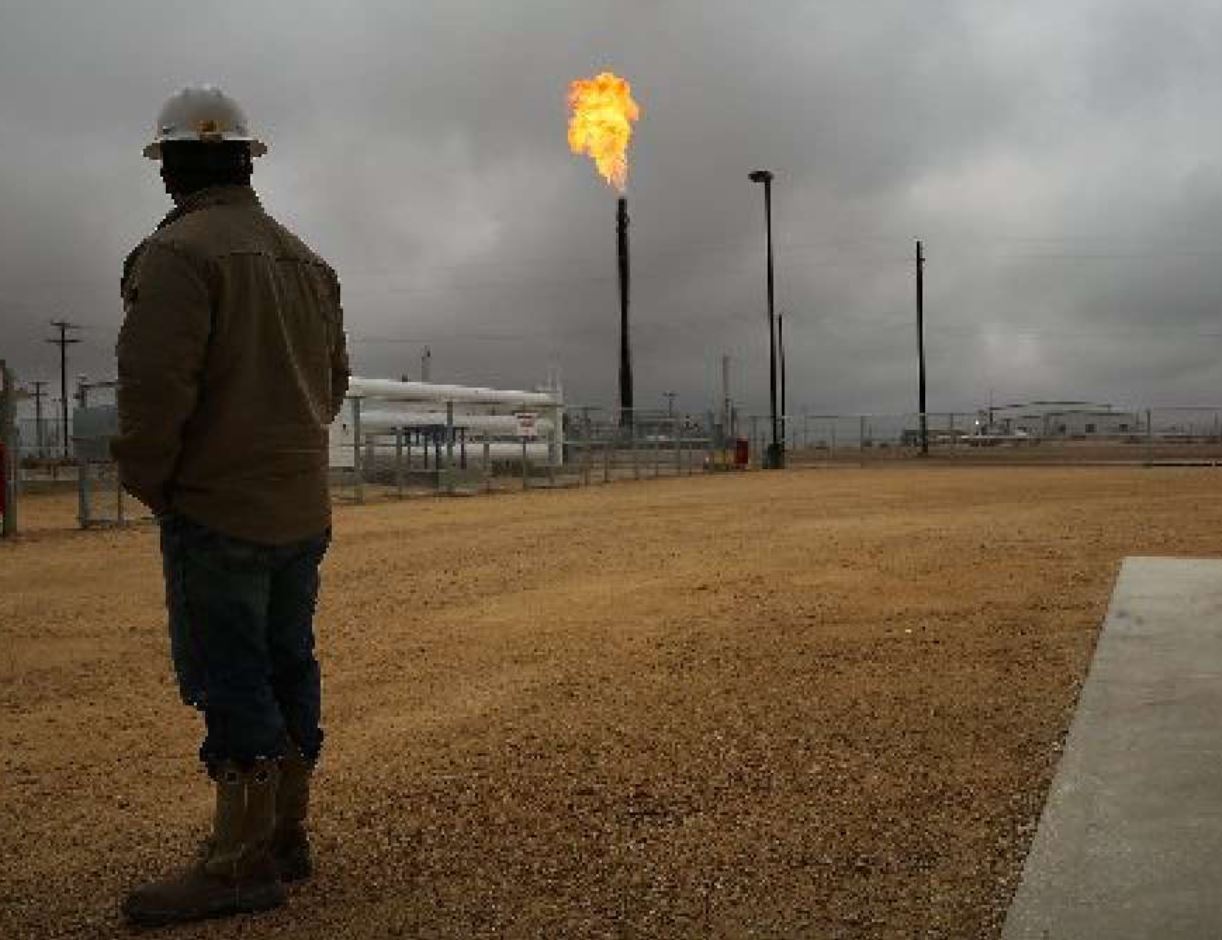Record-high oil and gas production from West Texas’ Permian Basin also has led to record-high waste and pollution in the form of gas flaring.
As companies drill for oil, they’re also pumping out large volumes of associated natural gas that frequently has nowhere to go because of temporary pipeline shortages in the region. So they’re opting to simply waste the gas by burning it off in a practice know as flaring until new outlets can carry their energy products to market.
Norwegian research firm Rystad Energy estimates that Permian flaring averaged a record of 407 million cubic feet per day in the third quarter of this year and will keep rising next year up to at least 600 million cubic feet a day. The current flared gas amounts are worth more than $1 million per day.
For context, flaring in the Permian was less than 200 million cubic feet a day in mid-2017 and was less than 20 million cubic feet daily at the beginning of 2011 before the recent Permian boom took off.
Much more gas pipeline capacity in the Permian won’t come online until late 2019. That’s why the situation is expected to worsen before it improves.
Flaring permits for each well are for 45 days at a time, but they’re being routinely extended by state regulators for the maximum of six months.
Rystad observed that many new Permian wells are flaring gas for periods of four to six months.




